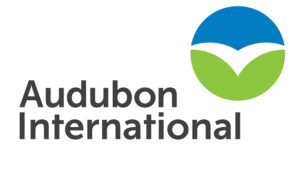What motivated your club to join the Audubon International Signature Sanctuary for Golf Certified Member?
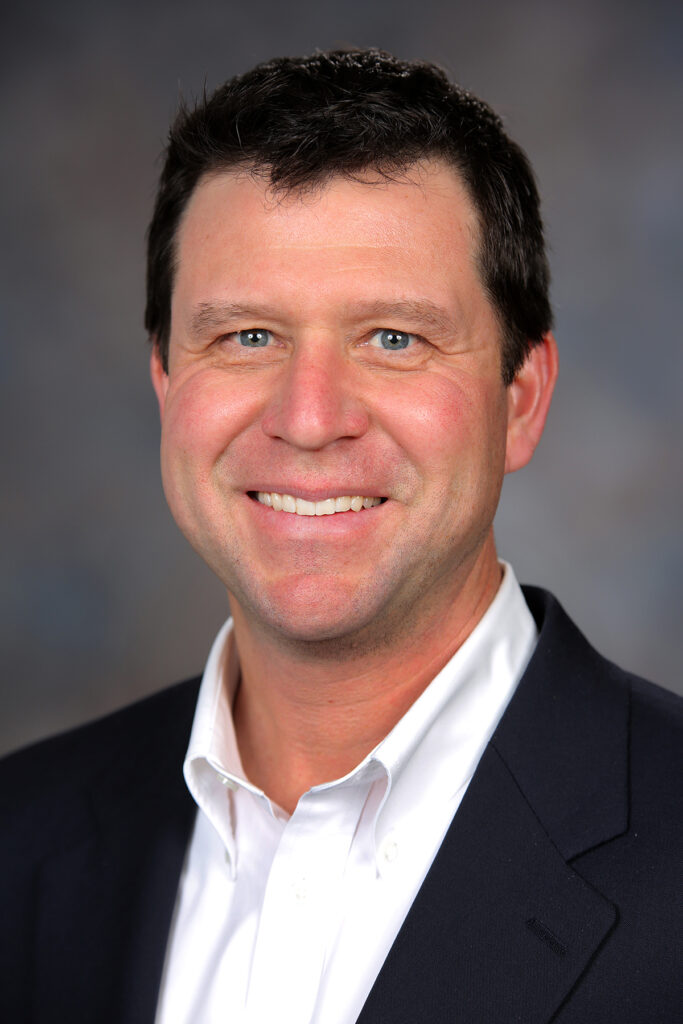
As part of Vermont’s permitting process for land development, we had to commit to multiple wildlife and water quality standards. With these significant agreements already in place, we believed that it was a good fit to partner with Audubon International.
Most impactful to our golf course’s routing was a state wildlife biologist’s observation that we were too close to black bear habitat. The largest component of black bear habitat is the beech tree population. With a large amount of beech trees in our alpine environment we had to design the course around certain areas.
Another major constraint from the state of Vermont was its strict regulations on water quality. Many significant buffers were mandated that dovetailed with AI standards.
With the foundation of the golf course routing already based on certain environmental standards, we felt that the partnership with AI would be a good fit.
Related: The Audubon Cooperative Sanctuary Program for Golf
What did it take to achieve certification – how long was the process and what steps were involved?
You can think of the AI Signature Sanctuary process as a “three-legged stool.” The focus is on how you build the course, how you build the maintenance facility, and how you maintain the course and maintenance facility. The “how you maintain” piece is referred to as the Natural Resource Management Plan.
We built the golf course in 2004 and 2005. In 2006, we finished punch list items and matured the golf course. In 2007 we opened for play and acquired the Audubon International Signature certification.
In 2004, we began the certification process. Over the next three years we developed the Natural Resource Management Plan. The creation of the NRMP was a long and intensive process.

What did it cost to earn certification all-in and what were the biggest expense items?
It is hard to put a number on all of it. The biggest expense was the Integrated Pest Management Plan written by Frank Rossi from Cornell University.
A continued cost would be the water quality testing. These tests are expensive.

What were / are the most challenging aspects of being certified and maintaining the standards required to achieve and retain that status?
The golf course plays around an eleven-acre/111-million-gallon reservoir. Even though this is a manmade pond, AI required us to not have any surface or sub-surface drainage be directed into the pond. This presented some challenges, mainly on our sixth green, which sits next to the water. The architect, Bob Cupp, wanted the green to break toward the water. The surface water ended up being directed toward a catch basin in the approach that drains away from the water. To read a putt on this green, you need to be aware of this fact and look where the catch basin is.
Another challenge was just how in-depth the Natural Resource Management Plan is. We chose to create our own plan which meant we hired multiple different authors for each section. Managing each individual author was challenging and time consuming. In the end we did end up with a great management plan.
Writing the annual report can be time consuming as well. In the past, it took two to three people a full week to write a good, informative review of the year. Kat Welch, Director of the Audubon International Signature program, has developed a new format that is much more user friendly and will save time.
Related: Kevin Malloy, Superintendent, TPC Colorado
What specific benefits are you reaping from being a Certified Member?
Being a certified member really helps with maintaining high standards at the maintenance facility. One thing that has stuck with me is that the AI director at the time, Nancy Richardson, said that when someone walks into a maintenance facility that is in the Signature program they will immediately realize that there is something inherently different about it. Meaning, it is clean, well put together, with good signage, and has the appearance of a safe working environment.
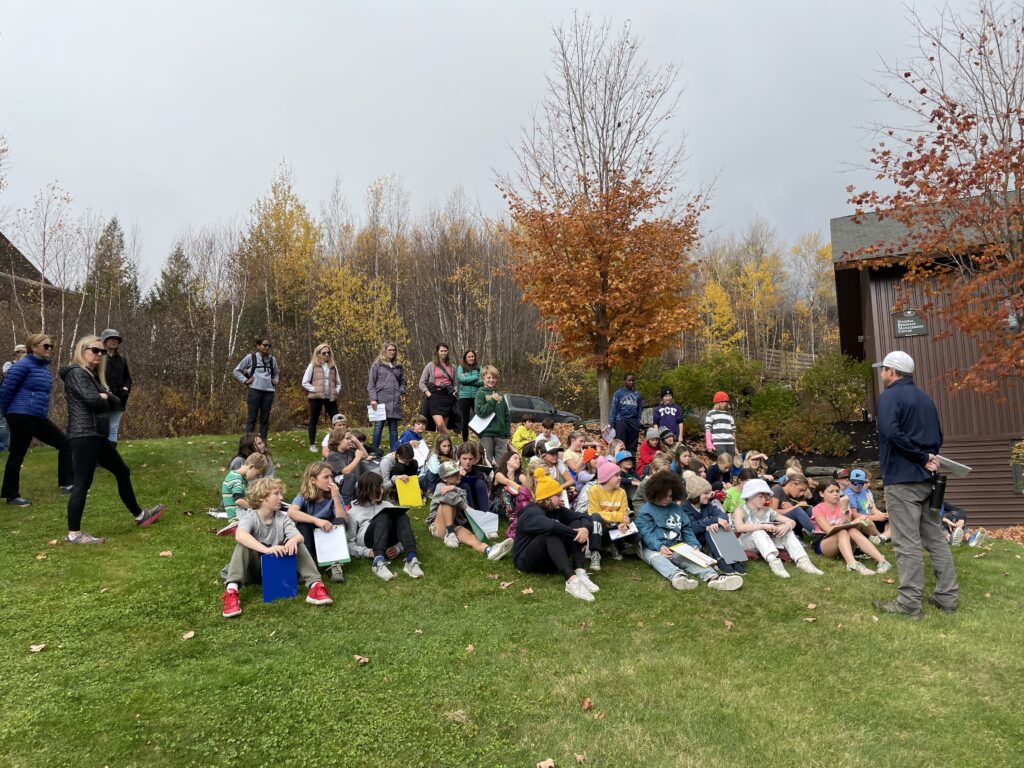
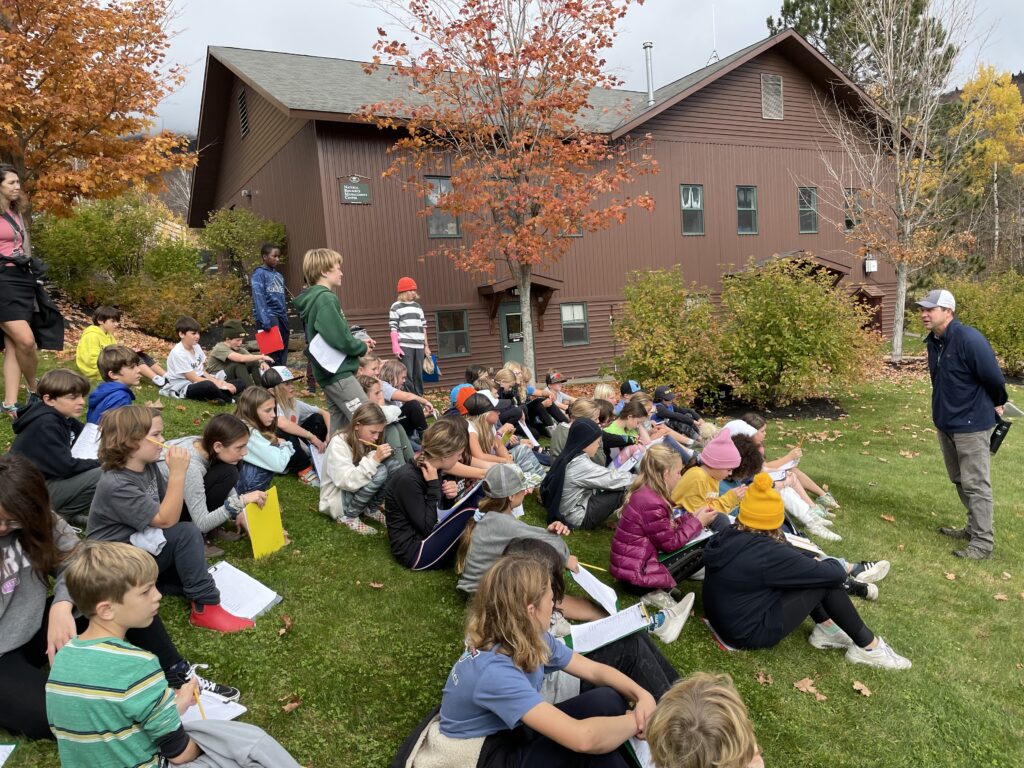
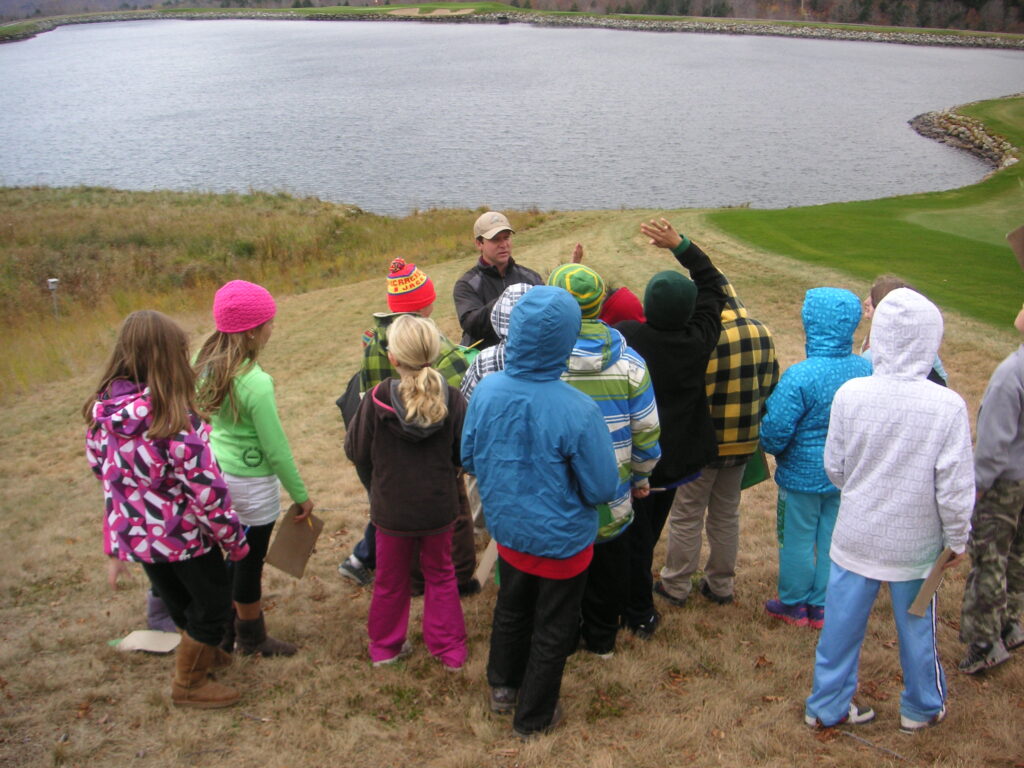
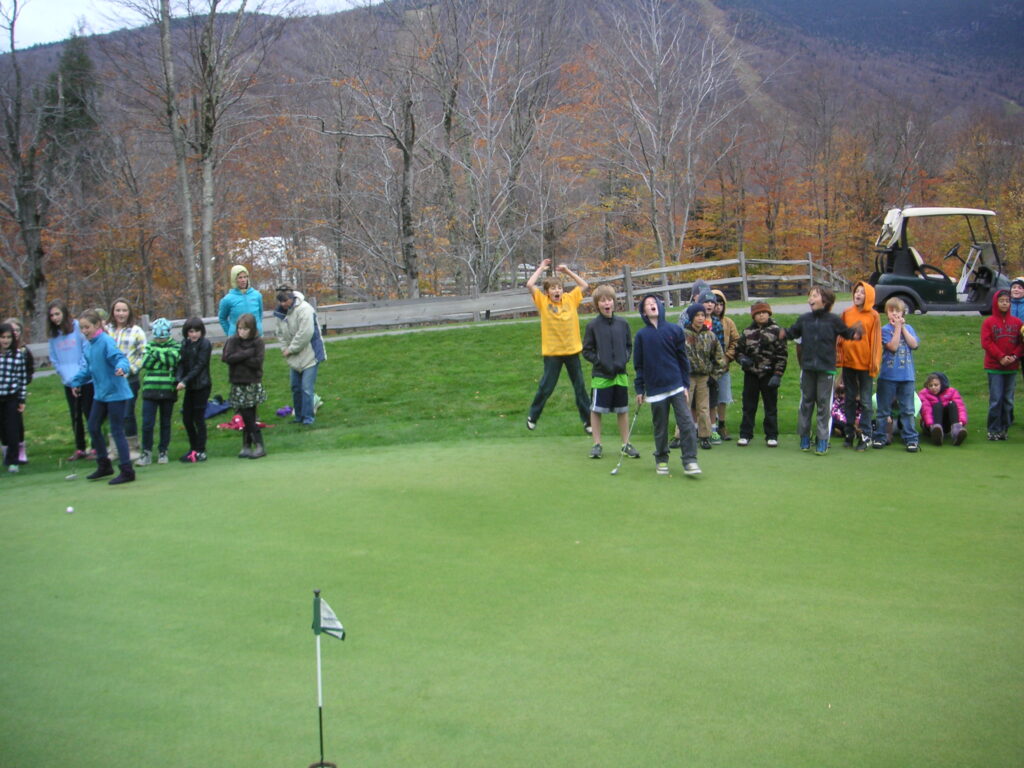
The other benefit is the relationship we have had with the local fifth grade class. In 2005 a teacher, Mike Rapoport, approached me to create a field trip to tour the course. Since then, we have annually had the fifth grade class visit and conduct a course tour based on sustainable development and more specifically, water quality. Without AI’s requirement for some type of community outreach, I highly doubt this relationship with the school would have ever grown to be what it is today.
Lastly, being a certified member really gets you in tune with the natural world you are working with on a daily basis. The knowledge of your environment really grows and you become a better steward of the land.
What would you share with other superintendents and course managers who are considering joining the Audubon International Signature Sanctuary or other certified program?
Pick a select few initiatives and stick with them. For us, it is the relationship with the elementary school and our pollinator/native plant populations. We planted a native plant mix (flowers and grasses) around our teeing grounds. Having these areas around tee boxes makes it less likely a ball will be hit into them and potentially be lost. Operating a golf course is difficult enough, you don’t need a bunch of other things making it even more difficult. By focusing on just a few initiatives, you can develop and foster them to the best of your ability. Also, when working with environmental programs and the natural world, it takes time and will mature at the natural pace. It is really hard to manipulate the natural process.

What is the best guidance or tip(s) you have received pertaining to being a superintendent and overseeing the golf course agronomy/maintenance department? (And from whom?)
A veteran Vermont superintendent, Tommy Morris, once told me, “it’s not a matter of if you will lose turf, but when will you lose turf.” He was referring to turf surviving the harsh Vermont winters. Tom passed away before his time a few years ago. Rest in peace, brother.
Also, something that I hear from veteran superintendents is that it is good to know when to do nothing. It is sometimes best to let the turf do its thing and not to push it in any certain direction.
https://www.sprucepeak.com/play/mountain-golf


